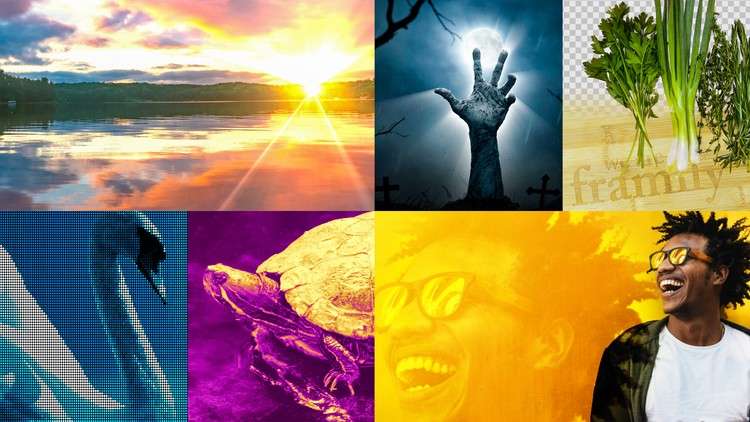
Create unique stunning effects for your photographs that will set your work apart
What you will learn
How to enhance their photographs with Adobe After Effects
Description
Photography is not just about the moment you press the shutter; it’s also about the transformative journey that your images can embark upon afterward. Everyday activities for photographers often include making adjustments to color and exposure to ensure their shots align with their vision. However, diving into the expansive realm of special effects can elevate your photographs, opening the door to a myriad of enchanting possibilities that can truly make your photos stand out in a sea of imagery.
Many might be unaware of the potent synergy between Adobe’s After Effects and Photoshop. While Photoshop is a powerful tool in its own right, there are certain visual spectacles that can only be achieved when these two software applications join forces. It’s this very combination that can produce effects that are nothing short of magical.
In our upcoming course, you’ll be guided by the experienced Chris Converse, who will adeptly showcase the potential of leveraging After Effects to enhance your photographs. Prepare to be enlightened on various techniques such as introducing a captivating sunset to an image, mastering the double exposure effect for an ethereal look, making profound and impactful color modifications with the Channel Mixer effect, and designing mesmerizing repeating patterns using the Motion Tile effect. Embark on this illuminating journey and discover how to breathe new life into your photographs.
Content